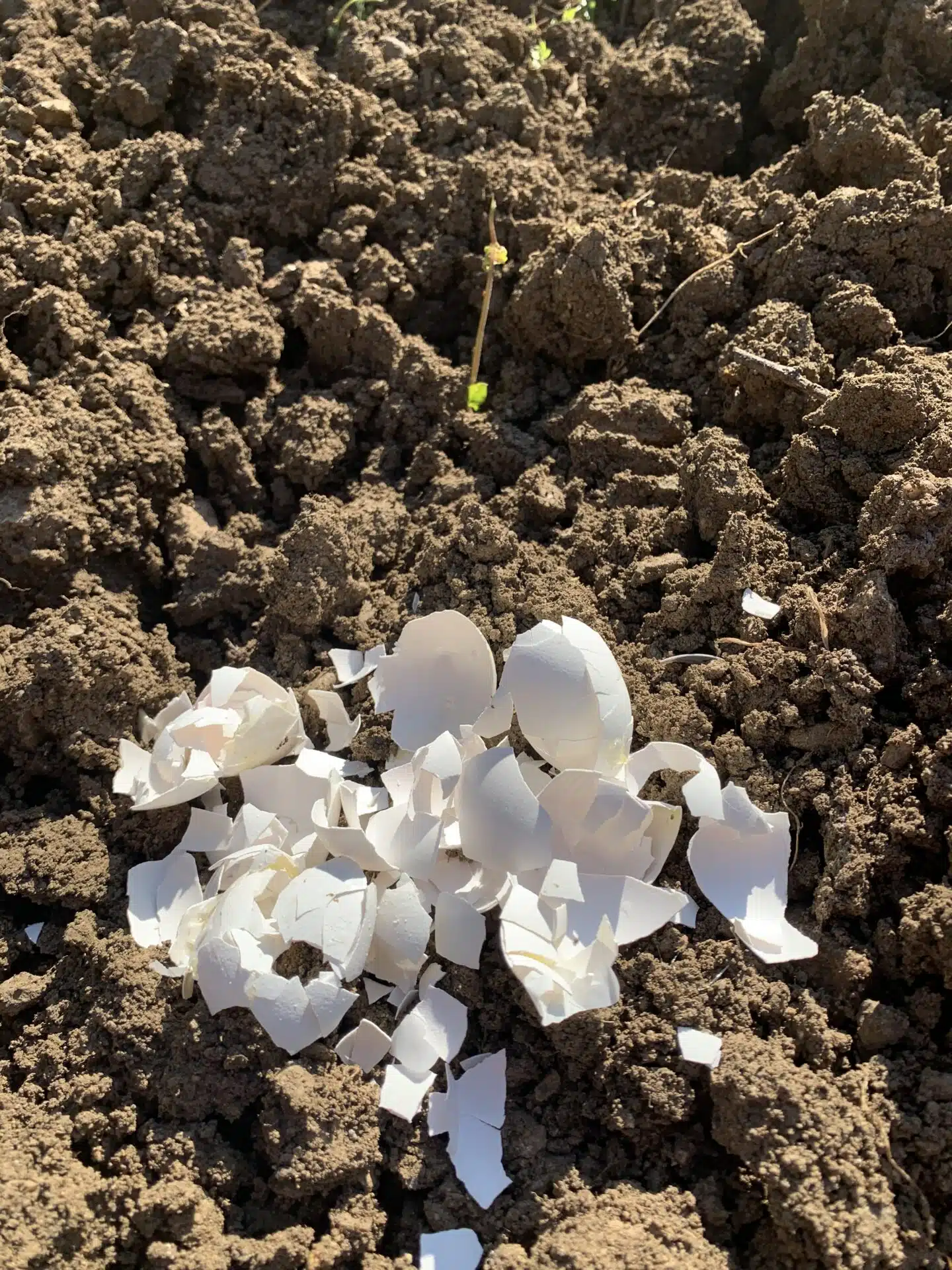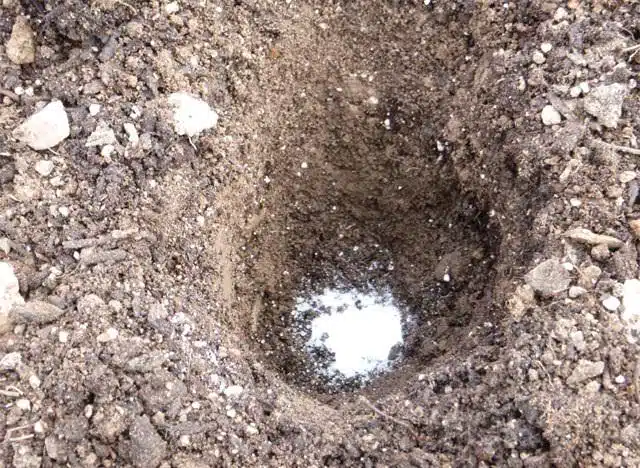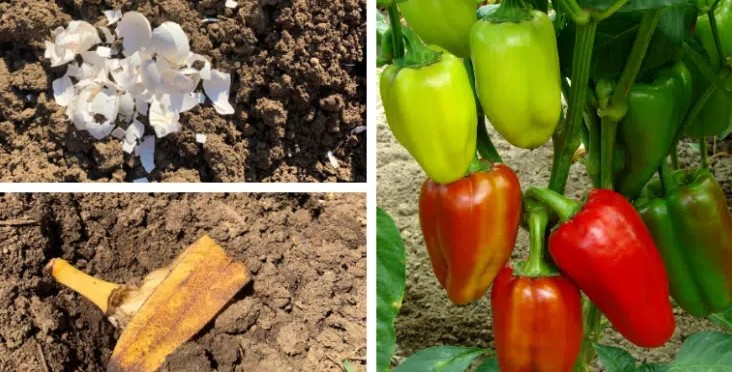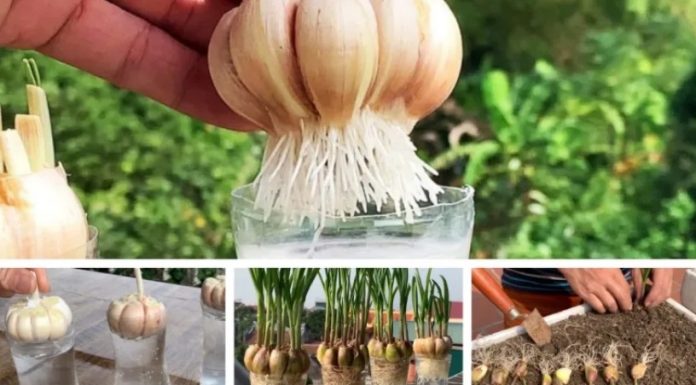You can utilize these ingredients whenever you’re trying to get your plant to produce abundant and delectable pepper fruits, whether you’re growing chili or bell pepper.
12 Things for Your Pepper Planting Hole
1.Bone Meal
When planting peppers and chilies, adding bone meal to the soil will gradually increase the phosphorus levels. It assists the plant in producing more fruit and achieving optimum growth by protecting it against diseases.
2. Earthworm Casting
Get one inch of the layer applied around the plant after putting the earthworm in the hole. The castings improve soil structure and aeration while anchoring essential plant nutrients that may wash away over time.
3. Rockdust
Rock dust is pulverized rock that contains micronutrients such as Iron, Magnesium, and Calcium. It’ll provide the soil with trace minerals and micronutrients if you put it in the hole when planting peppers.
4. Well-Rotted Cow Manure
According to research, utilizing composted cow dung enhances pepper production by an astounding 35%. Increased amounts of the soil’s organic carbon result from cattle manure application aids microbiological activity, soil aeration, and water retention.
5. Greensand
Greensand is a mined material with iron, potassium, silicon, magnesium, aluminum, sodium, and hydrogen. It boosts root growth and promotes moisture retention. When planting pepper, mix 2-3 tablespoons into the planting hole to improve plant health and disease resistance.
6. Eggshells

Eggshells are high in calcium and other nutrients, which can help your pepper grow. Crushed eggshells sprinkled around the plant’s base and mixed in the soil every 4-5 weeks can assist the pepper in fruiting better while protecting them from attacks from snails, slugs, and cutworms.
7. Garden Lime
Peppers thrive in soil with a pH of 6 to 7.5. If your garden soil is too acidic (below 6), add garden lime to the planting hole before planting to boost the pH for your spicy peppers. Utilize a pH meter to keep track of the soil’s acidity and pH levels.
8. Fish Head

Dropping 1-2 fish heads into the planting hole produce bigger peppers and spicy chilies. The raw head will swiftly decompose, releasing nitrogen, phosphorus, calcium, and other vital trace minerals to the roots.
9. Epsom Salt

Epsom salt is a hydrated magnesium sulfate with 10% magnesium and 13% sulfur. Its use speeds up the growth of pepper plants and makes them healthier, lusher, and greener than before. Before starting your pepper plant’s transplant process, try avoiding direct contact with the roots by sprinkling Epsom salt in the planting hole.
10. Banana Peels

The highest natural source of organic potassium is banana peels, which contain more than 42%. The peels are high in calcium, which aids in nitrogen uptake, allowing them to develop and produce effectively.
11. Coffee Grounds

Coffee grounds contribute nitrogen to the soil, aid drainage, and attract earthworms. It aids in the soil structure’s long-term improvement and protection of the plant from fungal and weed growth. Mix 2-3 teaspoons of the mixture with the garden soil and place it in the planting hole.
12. Add Matchsticks
Adding 10-15 matchstick heads to your planting hole ensures your pepper plant receives extra phosphorus and sulfur needed.










